How much is too much insulation? An expert explains the ideal amount
You might think adding extra insulation is always a good thing, but – as our expert explains – this isn't always the case
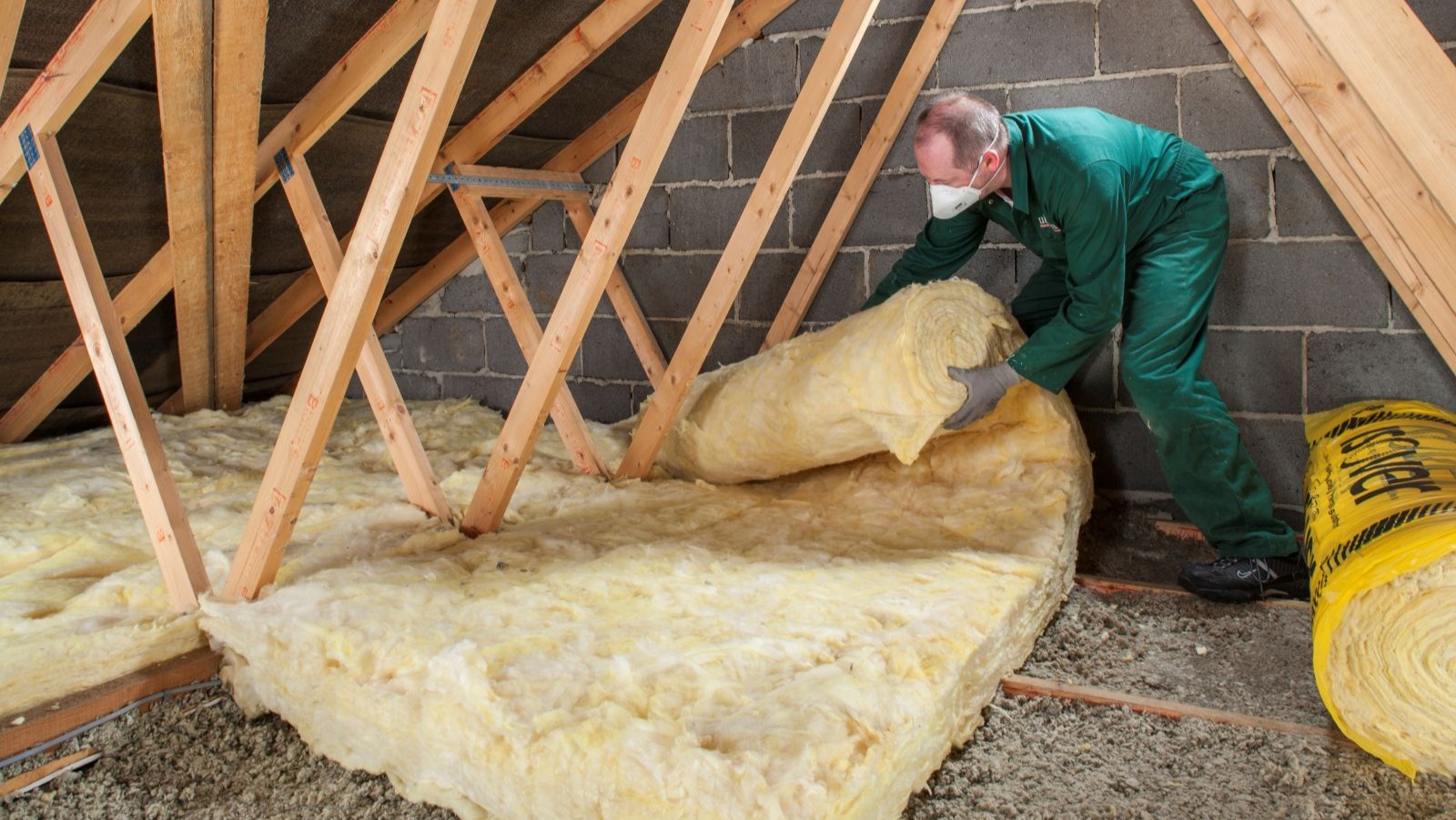
For most self builders, installing insulation is a no-brainer and the corner stone of improving the energy efficiency of a home. It’s one of those investments that seem to tick every box and by wrapping your home in enough insulation, the result should be that you’ll spend less on heating, live more comfortably, and lower your carbon footprint.
Whilst home insulation is an essential energy efficiency upgrade, there’s a growing awareness that more isn’t always better. Sounds counter-intuitive, but go too far, and you can start to create problems – trapped moisture, poor ventilation, and even overheating.
Effectively insulating a home is a tricky balancing act and whilst you’ll want your home to be energy efficient, it will also need to “breathe” and perform well in all seasons. The key to an energy efficient home is to know how much insulation is enough, and at what point adding more starts to become a problem?
Why you need lots of insulation
Insulation works by slowing down the transfer of heat between a warm and cold place. In winter, implementing the best ways to insulate a home means keeping the warmth from escaping, and in summer it means helping to prevent heat from getting in.
A well-insulated home delivers lower energy bills and by reducing the rate of heat loss (through walls, roofs, and floors) a stable indoor temperature can be maintained with far less reliance on heating systems. This means that boilers, heat pumps and air conditioning systems won’t need to work as hard, saving money and reducing wear and tear.
A well-insulated home doesn’t just stay warm – it creates a comfortable environment to live in. Cold patches and draughts are eliminated and living spaces become quieter with better soundproofing. From an environmental point of view, insulation is one of the most effective ways to reduce your carbon footprint – less energy used for heating means fewer emissions, and a lower carbon footprint.
For all these reasons, insulation is rightly a top priority for most self builders. However, a home that relies on a delicate balance between insulation, airtightness, and ventilation is where things can start to go wrong.
Bring your dream home to life with expert advice, how to guides and design inspiration. Sign up for our newsletter and get two free tickets to a Homebuilding & Renovating Show near you.
Shop for home insulation products
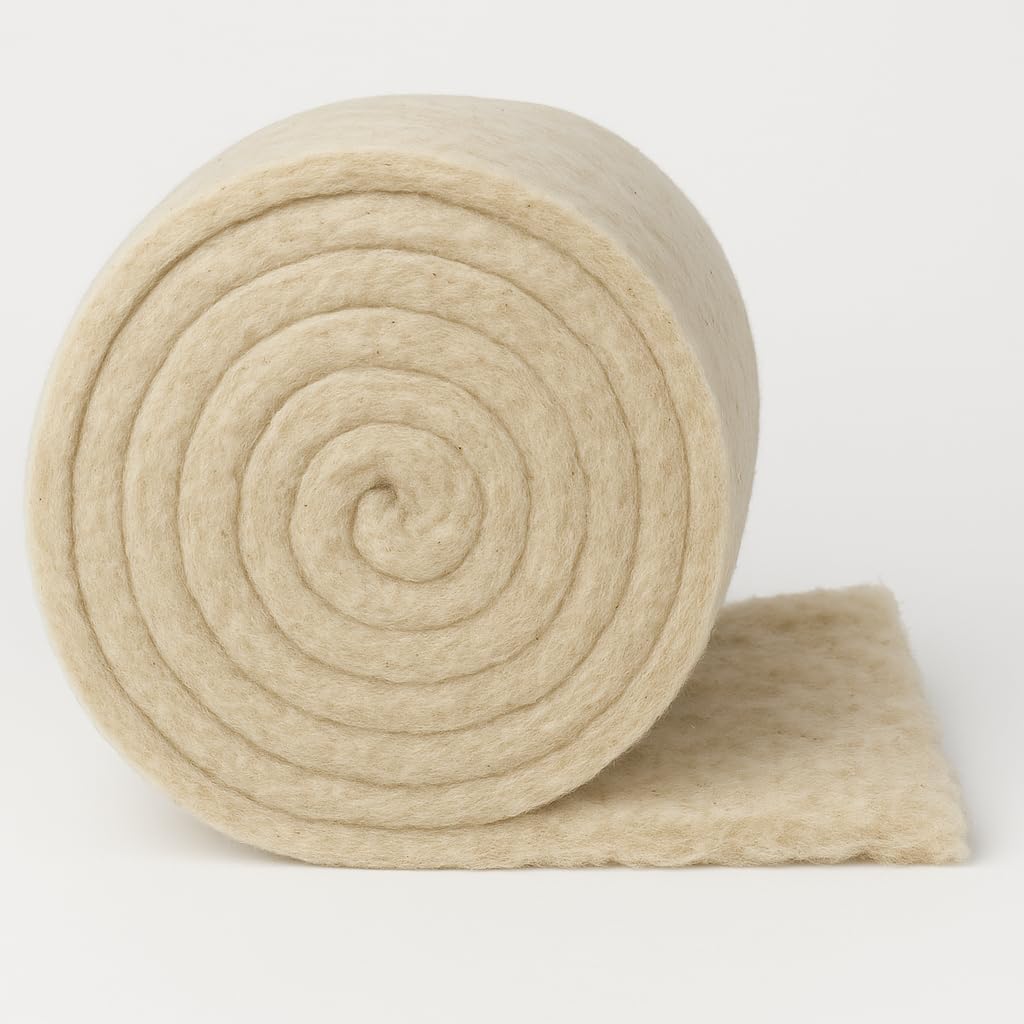
100% Sheep Wool: Pure, natural insulation - no synthetic fibres or chemicals. TrueWool insulation is naturally resilient and will not slump or lose its insulating properties over time.
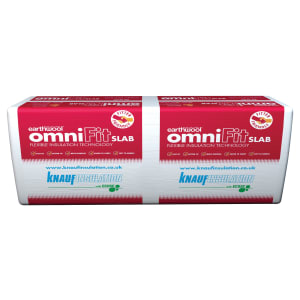
The Knauf Insulation Omnifit Slab is typically used for the thermal and acoustic insulation of a wide variety of constructions such as timber and metal stud partitions, timber frame walls, between rafters and timber floors.
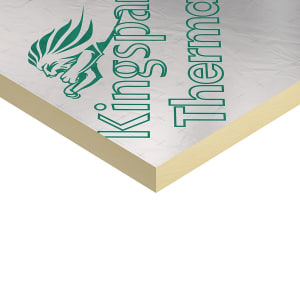
The insulation boards are available in a range of thicknesses and are easy to cut, handle and install compared to some other commonly used insulants.
How much is too much insulation?
Adding insulation always seems like a no brainer, but after a certain point, the benefits taper off. In fact, beyond a certain thickness or level of airtightness, insulation can create as many issues as it solves.
1. When it causes problems with moisture management
A big concern when over-insulating is moisture management. Activities such as cooking, showering, drying clothes, and even breathing produce water vapour which in older homes, is carried away through leaks in the building fabric. But in a highly insulated, airtight home this moisture can become trapped.
The problem is that warm, humid air condenses when it comes into contact with cooler surfaces such as the inside of an exterior wall. Over time, this condensation damages the building fabric, creating mildew, damp patches and mould growth. Prolonged damp conditions behind plasterboards and within insulation layers can lead to rot and structural damage and wet insulation materials will lose their thermal resistance and become ineffective.
When building with timber frame or SIPs, moisture management is particularly important and these structures will require careful detailing to prevent interstitial condensation within the walls. Masonry based walls can have problems too and cold bridges can become damp patches, leading to mould growth and unhealthy living environments.
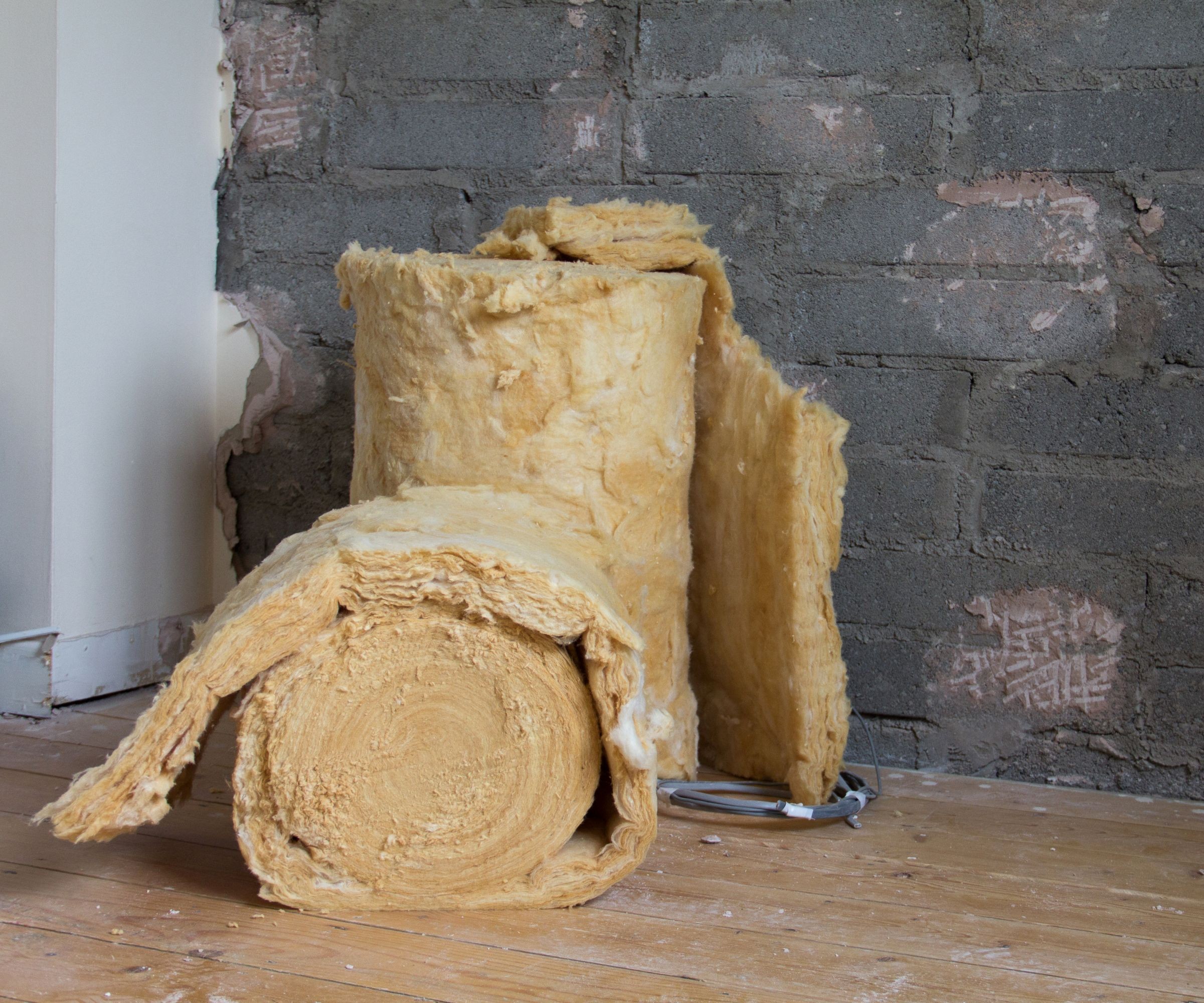
2. When it causes ventilation issues
A common side effect of highly insulated, airtight buildings is poor indoor air quality. Without adequate ventilation, airtight homes have trouble replacing stale air. Humidity levels then rise resulting in respiratory issues and condensation.
Self-builders who’ve gone for a 'sealed box' then find their home feels stale and stuffy which can even lead to what’s known as 'sick building syndrome,' where occupants feel unwell simply from being inside the property.
The answer is to use Mechanical Ventilation Heat Recovery (MVHR) systems to bring in fresh air whilst extracting the stale indoor air and retaining its warmth. These systems work brilliantly when properly specified and installed, and are essential for highly insulated, airtight homes.
3. When the amount of insulation causes overheating in summer
Whilst insulation keeps your home warm in winter, it can also make it too warm in summer. In a highly insulated home, heat enters through windows or from appliances and becomes trapped inside. Without adequate shading and ventilation, the indoor temperature rise quickly and become unbearable. This issue mostly commonly happens with south-facing homes with large areas of glazing.
For self builders aiming for true year-round comfort, the answer lies in balance. It is possible to have a highly insulated home that doesn’t overheat, provided glazing and shading is well designed along with adequate ventilation strategies.
The law of diminishing returns
There’s a law of diminishing returns when it comes to adding insulation. The first 100mm of insulation added to a wall for example, makes a huge difference to energy efficiency. But the benefit delivered by the next 100mm is not nearly as much. By the time you’re doubling or tripling standard insulation levels, the improvement to your home’s performance is minimal compared to insulation cost.
If a wall already achieves a U-value of 0.18 W/m²K (the current building regulations target), adding more insulation might only save you a few pounds in terms of heating costs. If the insulation upgrade costs thousands, the payback could take decades.
For self builders with a limited budget, that extra money might be far better spent elsewhere – better windows, renewable technologies, or mechanical ventilation systems.
Finding the 'optimal' level of insulation
There’s no single answer that fits every project and the right amount of insulation will depend on the location, the architectural design, as well as what you want to achieve.
1. Climate zone considerations
A home in the Scottish Highlands faces very different conditions than one in say Devon. In colder regions, thicker insulation makes perfect sense, but in milder parts of the country, pushing insulation levels too far can result in overheating and unnecessary expense. Furthermore, orientation, window placement, shading, and ventilation will all play a part in how much insulation is actually needed.
2. Regulatory requirements and U-values
The building regulations set out minimum insulation standards and U-values to achieve energy efficiency standards. For most new builds, these targets are around 0.18 W/m²K for internal wall insulation, 0.13 for roofs, and roughly 0.13 – 0.15 for floors.
Whilst it’s fine to go beyond them, there’s a point where the gains flatten out, so it’s not necessarily beneficial to push too far past the standards. And if you want to build, say, a Passivhaus or near-Passivhaus standards, then the insulation strategy will need to be supported by airtightness detailing and mechanical ventilation to maintain indoor air quality.
Getting a professional assessment
If you still want to up-spec the insulation, then the best approach is to get professional advice to understand the implications. An energy assessor uses software such as SAP or PHPP to model a home’s energy performance and predict its EPC rating.
These models simulate heat loss and energy consumption to provide a clear picture of how different insulation levels will perform in a specific context. For self builders, this kind of modelling is invaluable and helps to avoid costly mistakes as well as ensuring a good ROI.
Ultimately, the best-performing homes aren’t the ones with the thickest insulation - they’re the ones where everything works in harmony. Insulation, airtightness, ventilation, and shading, all play their part.
If one is pushed too far without considering the others, the system as a whole can falter. The goal is to create a home that’s comfortable, efficient, and durable and not one that traps heat and moisture in the pursuit of energy savings.
For more advice on insulating your home, find out the areas of your home never to insulate, and if you're looking extending your home rather than self building a new one, following our guide to insulating an extension.
Mark Stevenson has worked as a construction professional for over 30 years and following an extensive career in housebuilding. He is currently chief operating officer for Custom Build Homes and chair of the National Custom and Self Build Association. He previously worked as managing director for Potton, helping self builders build their own homes.
Whilst Mark describes himself as a ‘professional builder’ as a result of his career in housebuilding and timber building system manufacturing, he has specialist knowledge of timber construction and extensive expertise in finding land and project management.
He regularly shares his knowledge at Homebuilding & Renovating Shows and and coaches self builders about how to build their own homes. Aside from Mark’s professional career, his skills also extend to practical building knowledge as a skilled joiner, hands-on renovator and serial self-builder of his own development projects.
He is also Vice Chair of industry body, the Structural Timber Association.

